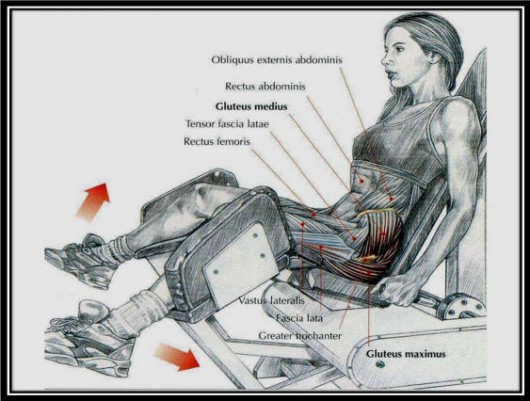Shockwave Therapy is extremely effective technology used to treat muscle aches and pains. The handpiece contains a projectile that is accelerated through the electromagnetic transfer of kinetic energy. This kinetic energy is then transformed into impact energy in the applicator head. This impact energy creates a wave effect in the tissue reducing muscle tone, decreasing pain and increasing the ability to heal chronic hard to treat injuries. Treatment with Shockwave Therapy leads to quick healing response and a decreased amount of treatments necessary.
Here is a list of injuries that we have healed with Shockwave Therapy in 3 visits or less:
- Plantar Fascitis
- Achilles Tendonitis
- Peroneal Tendonitis
- IT Band Pain
- Hip Pain (Muscular)
- Gluteus Medius Syndrome
- Piriformis Syndrome
- Lower Back Pain
- Mid Back Pain
- Neck Pain
- Muscle Knots and Trigger Points
- Rotator Cuff Injuries
- Shoulder Pain


